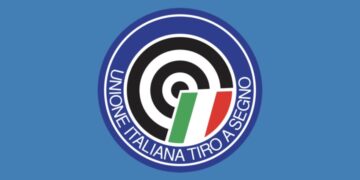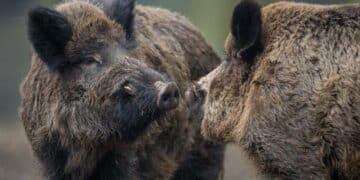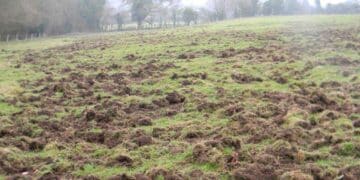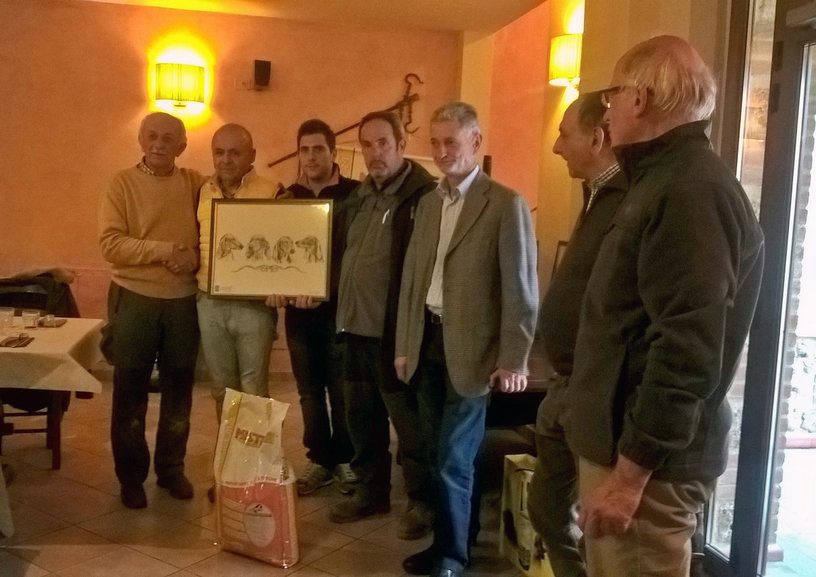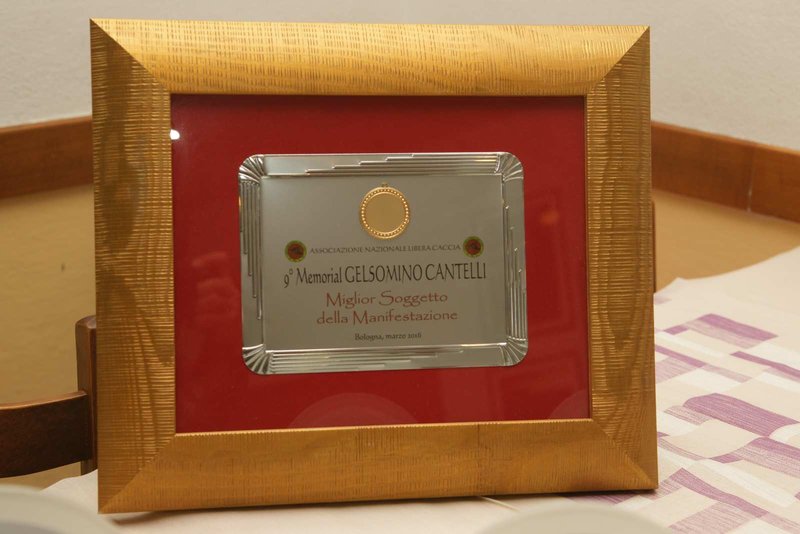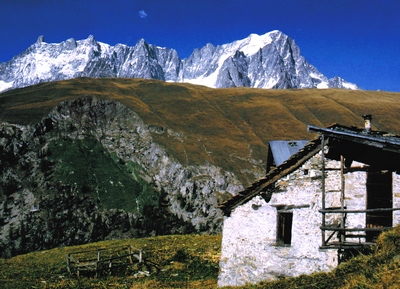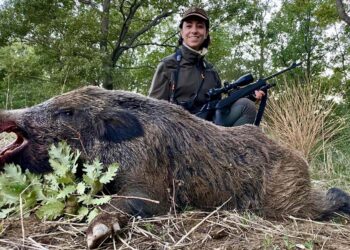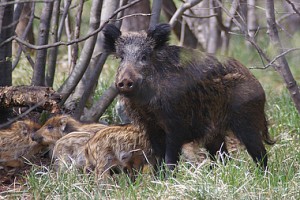
The economic damage was quantified between 11 and 16 million dollars a year (between 10 and 14 million euros at the exchange rate) in terms of lost crops. In addition, the New York Times highlighted the problem of building and maintaining fences, a solution that immediately appeared controversial because it would ruin the beauty of the Tuscan countryside. Chianti wine producers were interviewed and expressed their concerns, particularly that the final products are not what they wanted.
There is also a mention of the recent regional law that allows to drastically reduce the number of wild boars for the next three years: the total number of animals would thus pass from over 400 thousand to 150 thousand, less than half. In addition, it was decided to extend the hunting season to curb invasions and secure the crops of the local agricultural sector. All these events are well known in Italy, the fact that one of the most famous daily newspapers in the world has been dealing with them since 1851 means that the problem should not be underestimated and also strikes attention abroad.
Continuing the reading of the piece, one notices the discussions that have been triggered by the law just mentioned. Effectively, hunters, farmers and conservationists must be brought together, a simple scenario only in words. Then there are limits to be respected: the text, for example, allows you to only kill wild boars of a certain age and with strictly regulated procedures. The New York Times explained that hunters will use dogs as usual for this type of hunting and that they will not be discouraged by the leave food bait to attract prey, a practice which is however considered responsible for the boom in the ungulate population.











